Characterized by a blend of rich history and traditional craftsmanship, the Moroccan style of interior design prides itself in being unique. Its dramatic features, ranging from vibrant mosaics to intricate details, evoke a sense of intrigue. One aspect of this exotic form of interior decor is its devotion to everything handmade. The luxurious aesthetics that you find in Moroccan-style homes stand testament to the skilled artisans who craft each item by hand, one by one.
The Moroccan interior style form draws its influence from the Moorish design of the Orient and the shapes and colors of the Sahara. Moreover, its complex beauty inspires many homes outside of Morocco to adopt the fascinating style.
What Is Moroccan Design?
With Europe to its north, the Middle East to its east, and the rest of Africa to its south, Morocco’s design style borrows elements from various cultures. These include the Mediterranean countries, Arabia, Persia, and the rest of Africa. This distinctive form of designing interiors also features a strong blend of Berber and Islamic styles. Some of the most recognizable elements you may notice in Moroccan-style interior design include vibrant colors, geometric shapes, and zellij tilework (terracotta tiles made of enamel set in plaster to produce mosaic forms). The result is an iconic style that has gained popularity across the world.
Elements of Moroccan Chic Design
The warm climate of Morocco means spending a lot of time indoors. This prompted homeowners into creating an airy and elegant living space with vivid colors, luxurious furniture, potted houseplants, charming accessories, and plenty of natural light. If the style appeals to your sensibilities, you can achieve the Moroccan chic design by adopting these elements in your home.
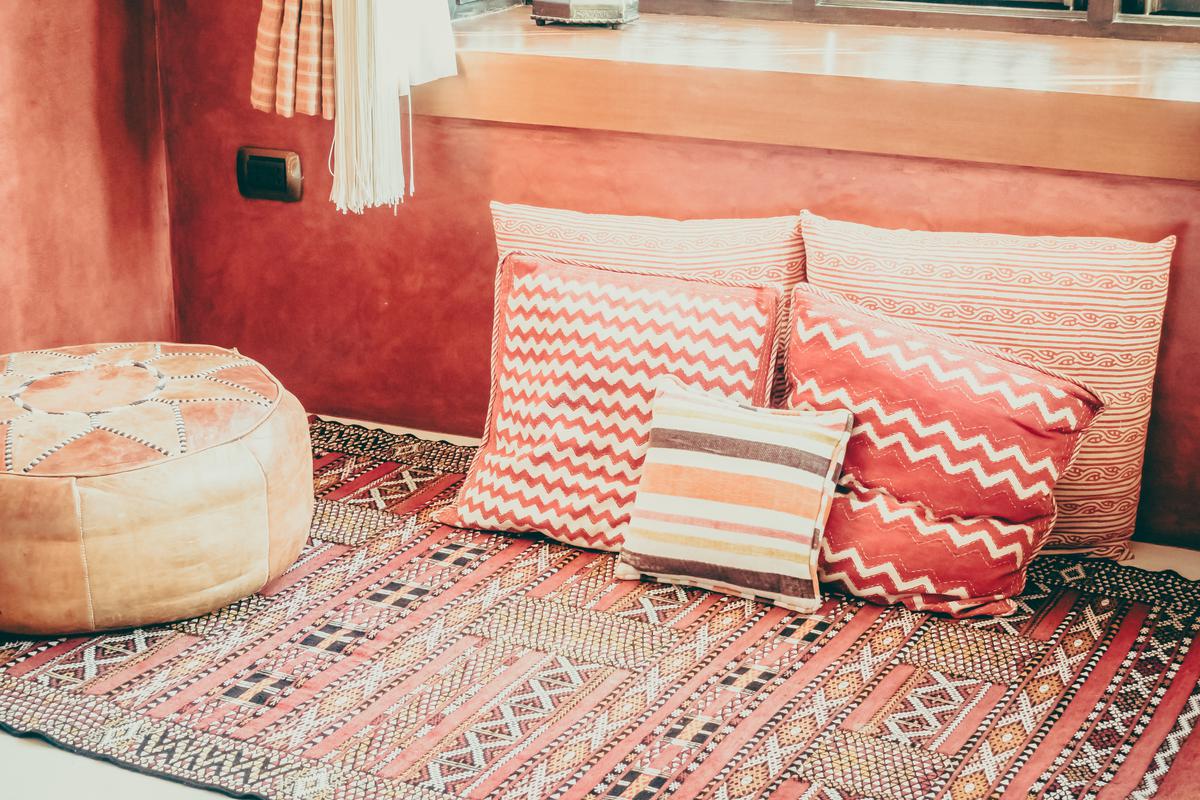
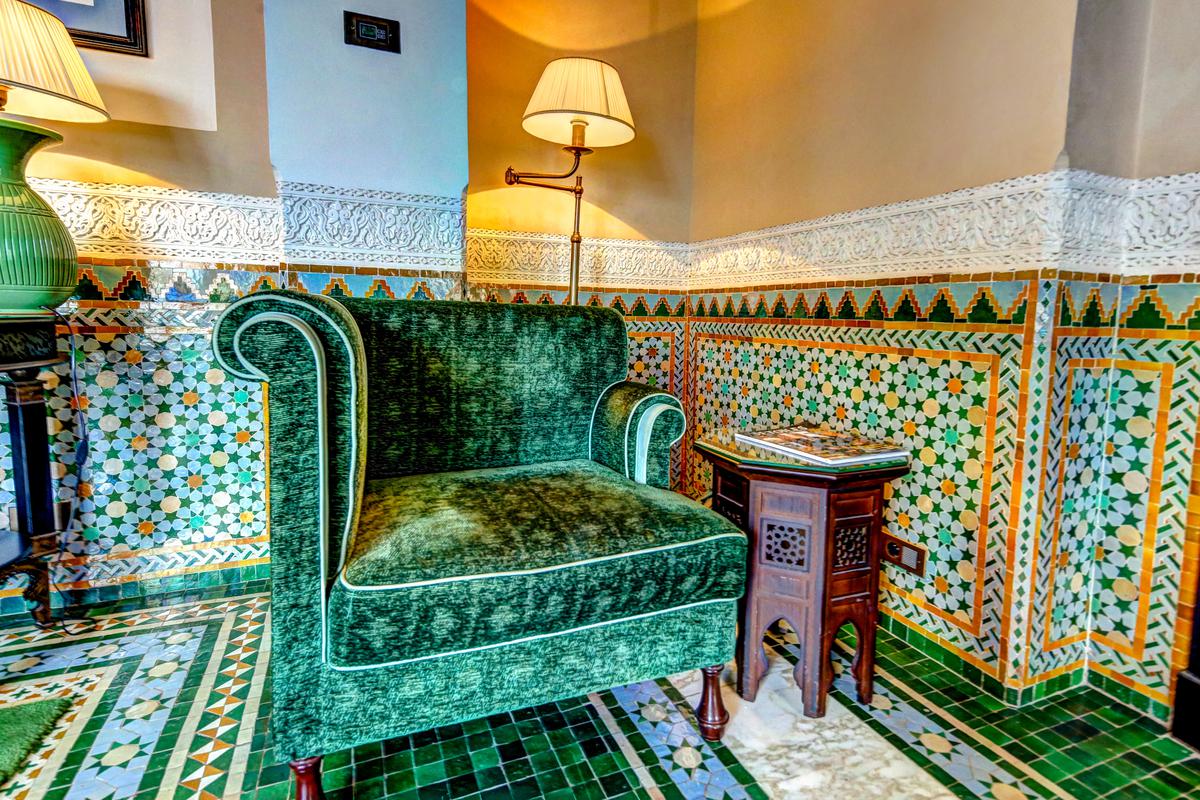
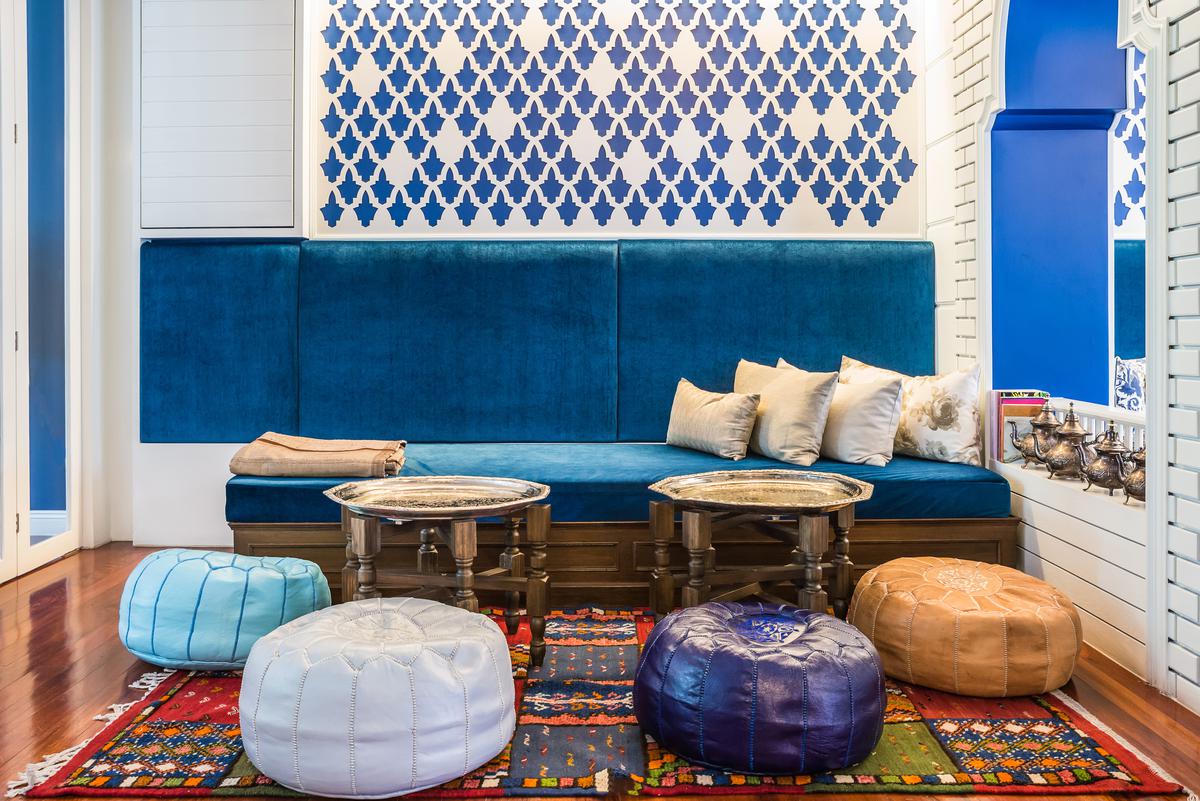
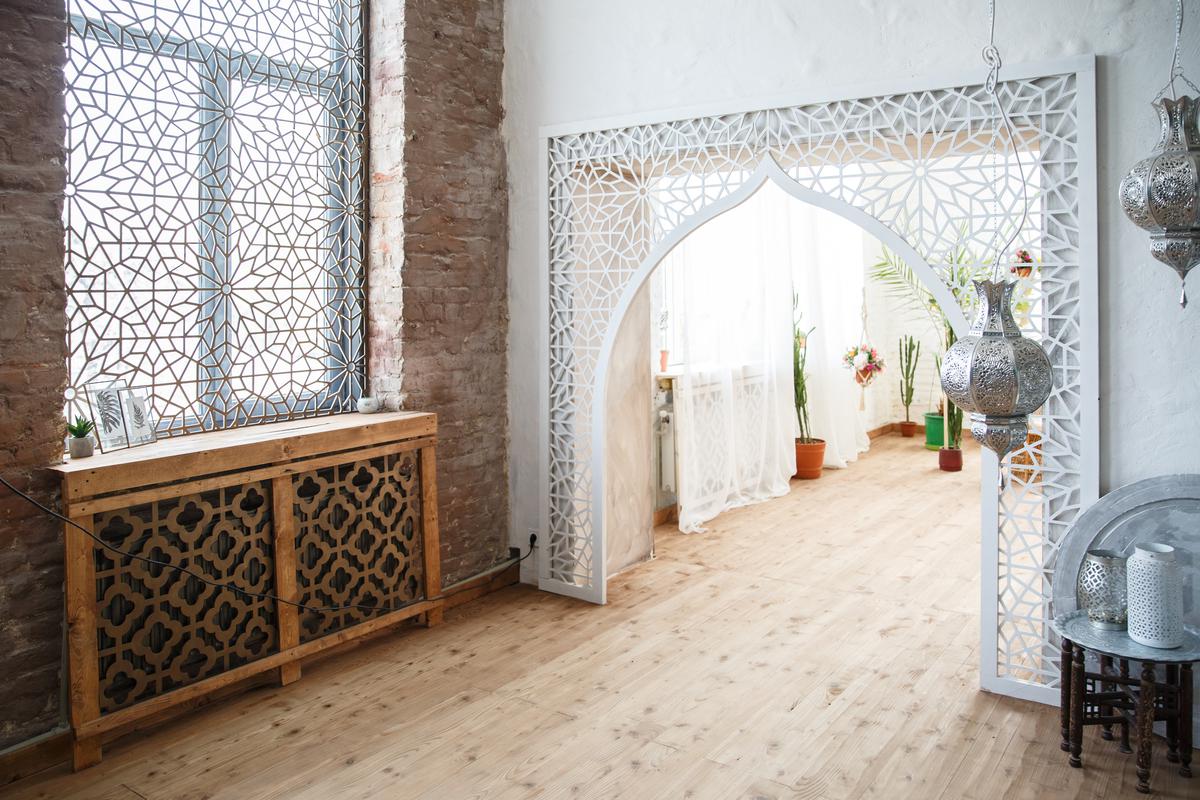
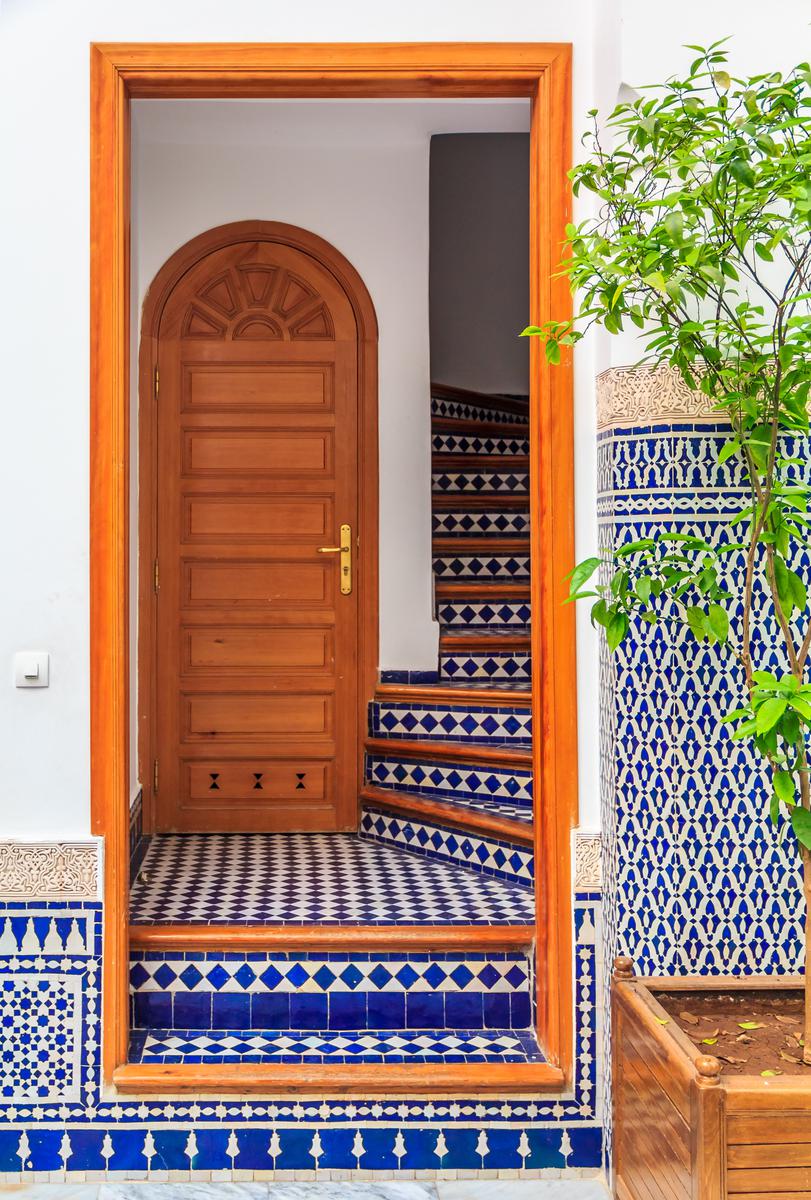
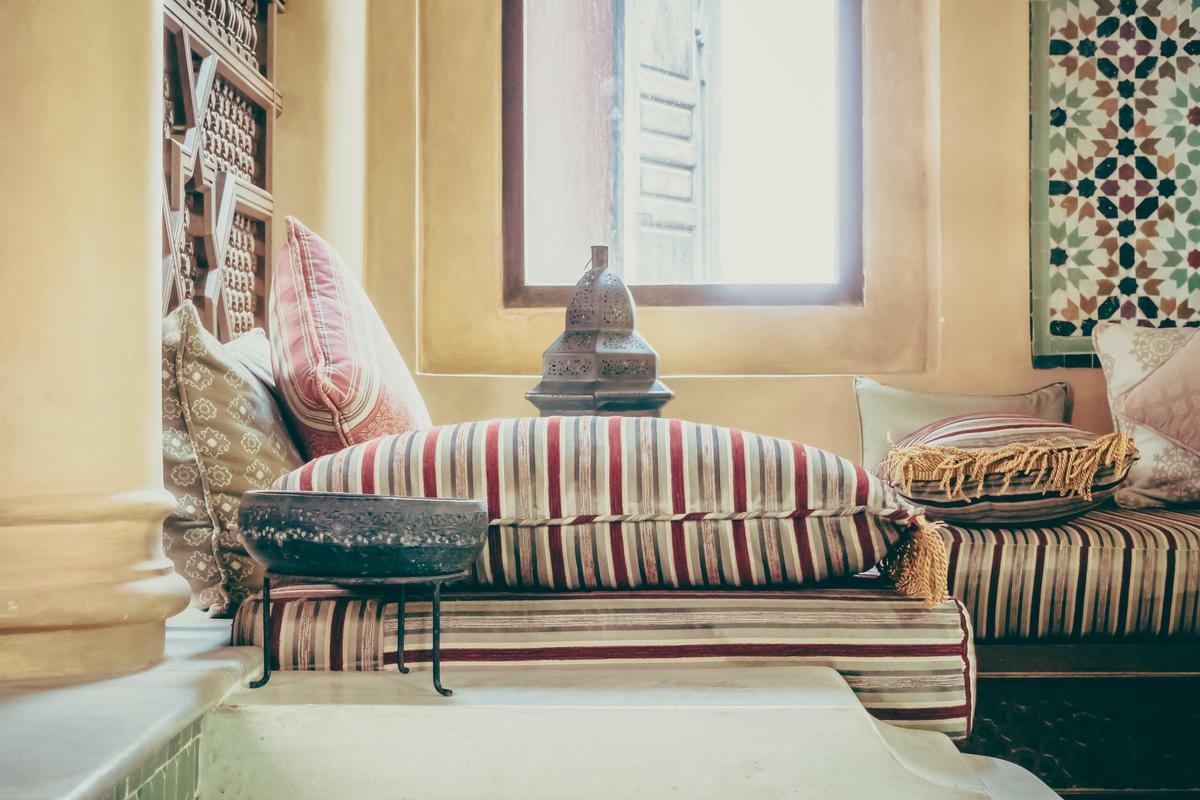
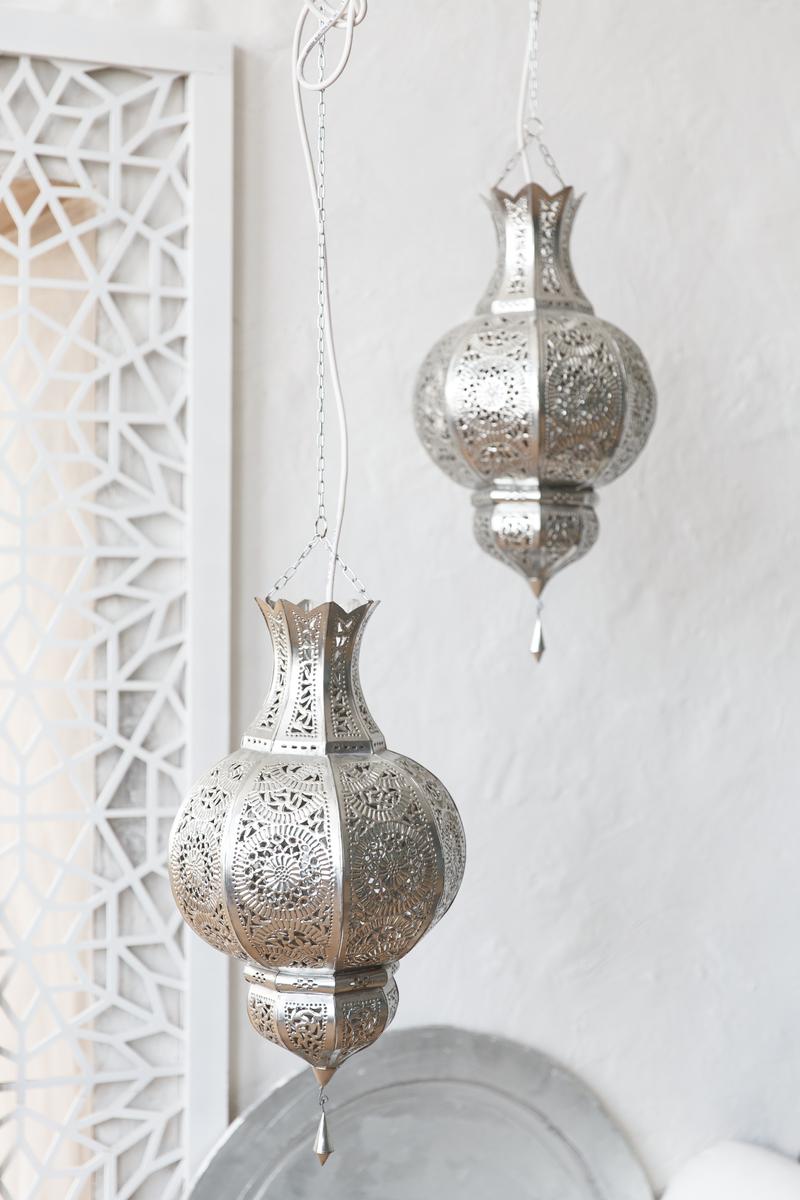
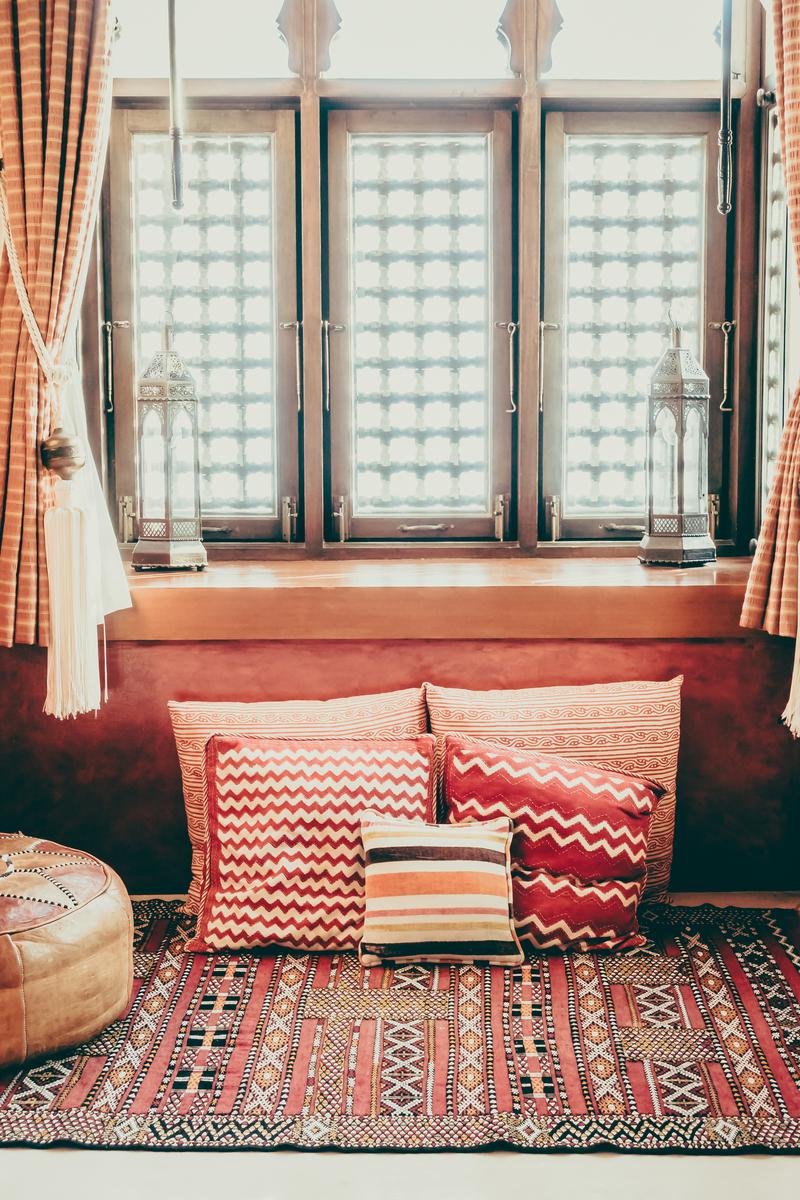
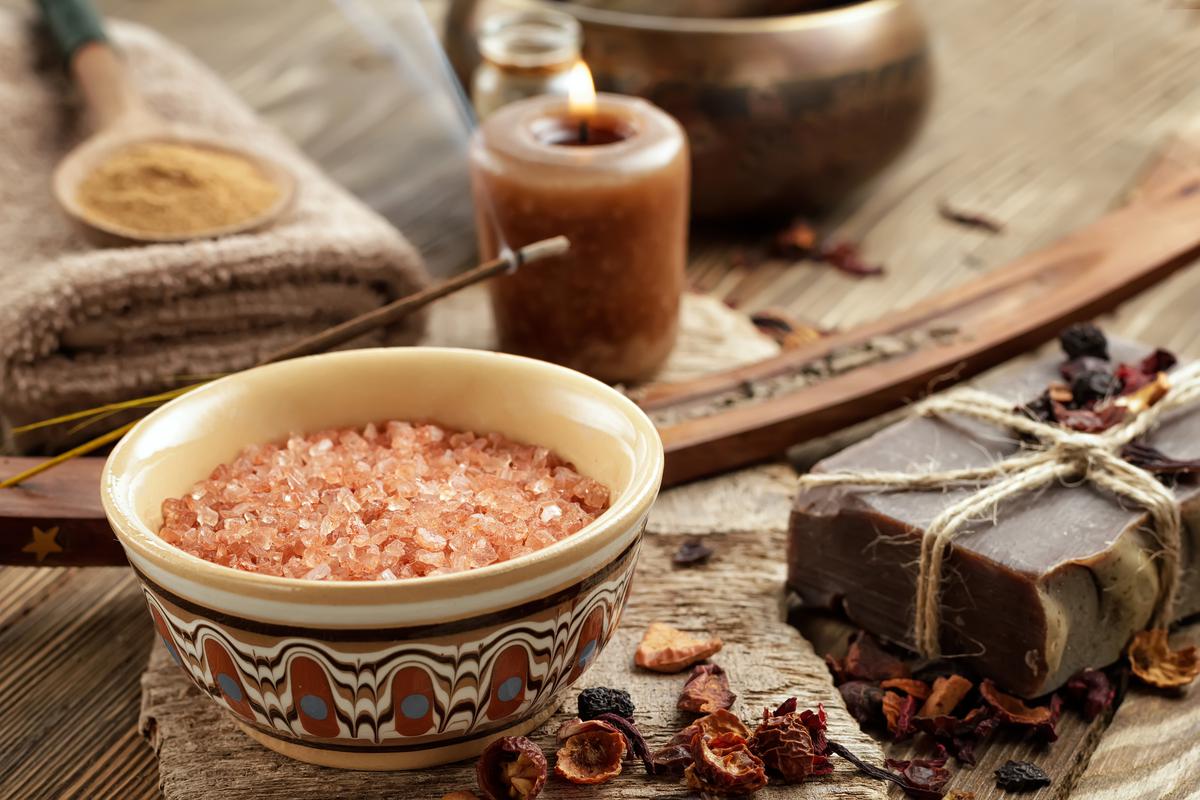
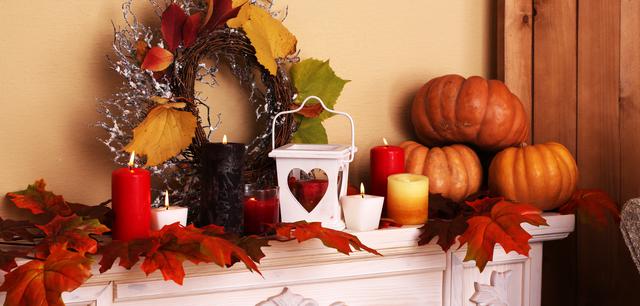

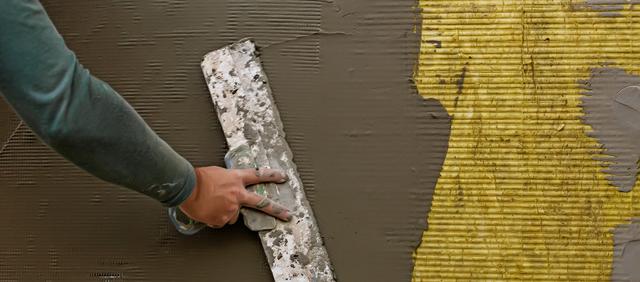

comments